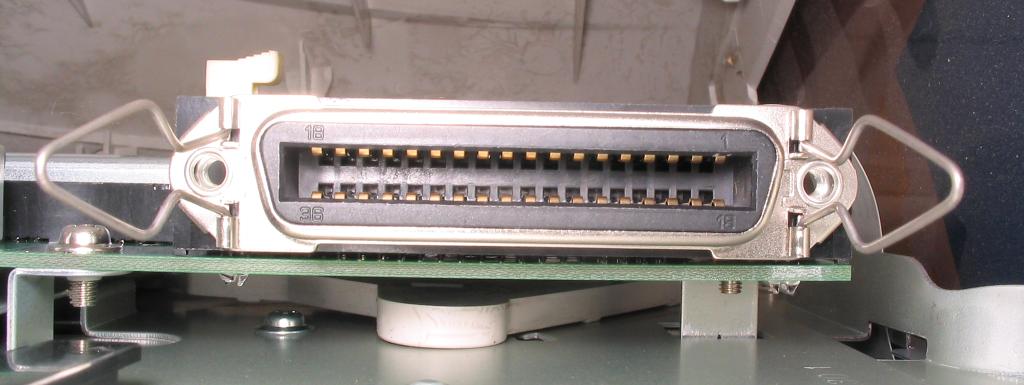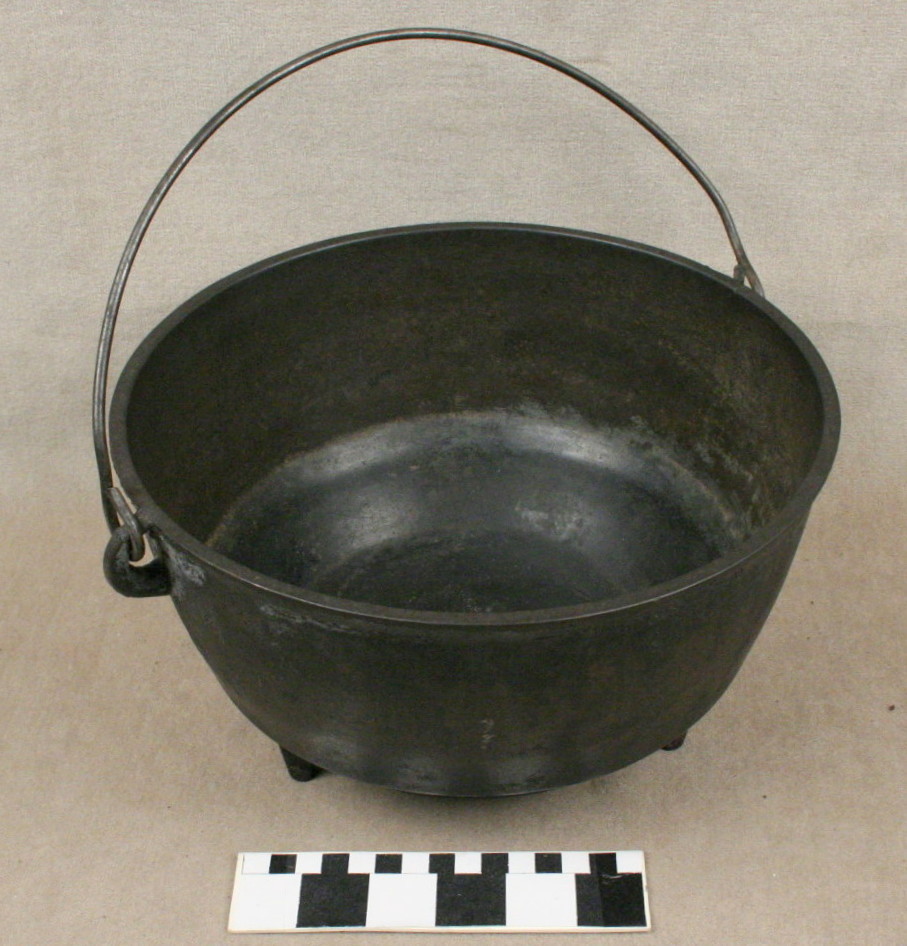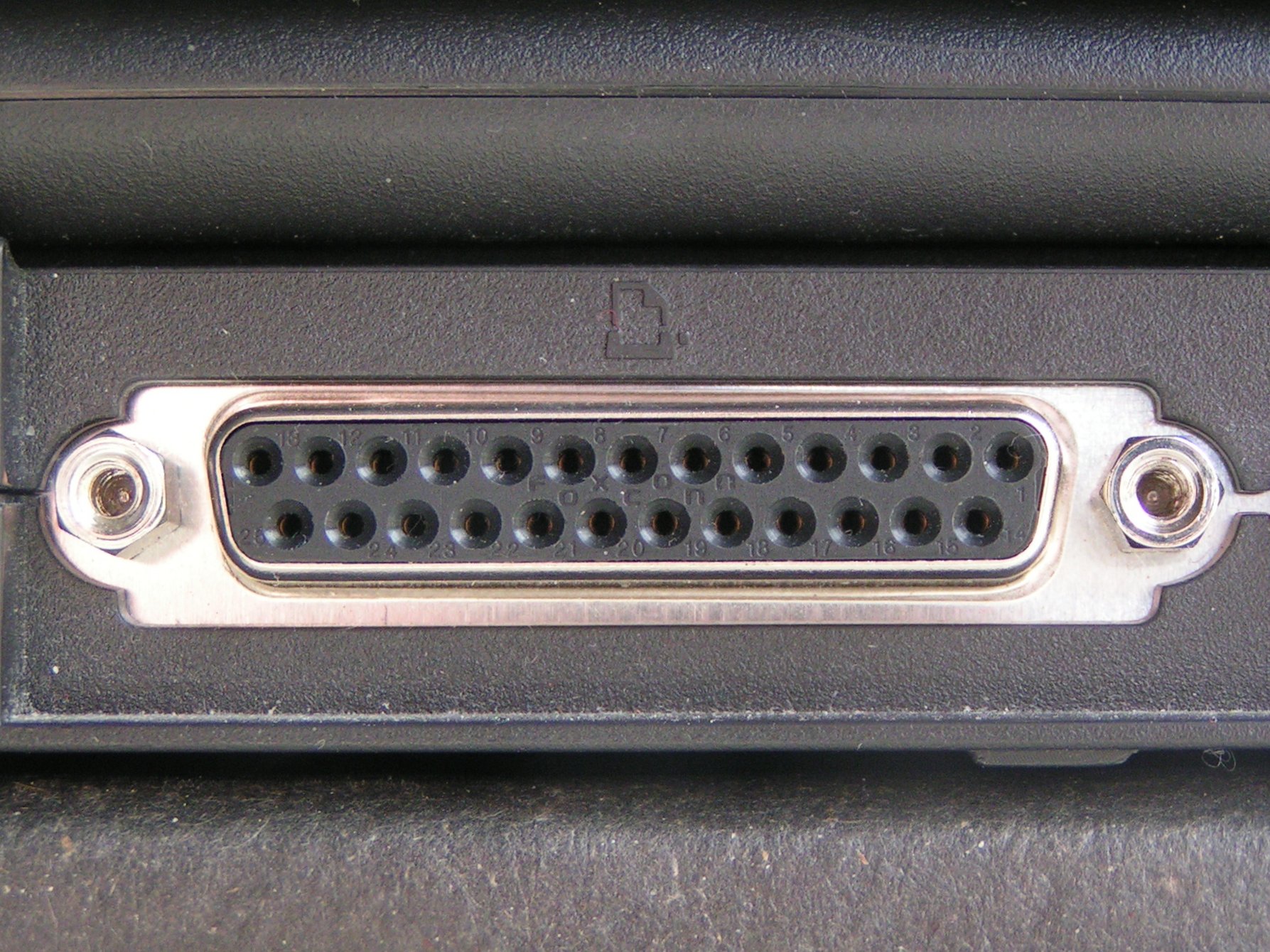|
Micro Ribbon Connector
The micro ribbon or miniature ribbon connector is a common type of electrical connector for a variety of applications, such as in computer and telecommunications equipment having many contacts. The connector contains two parallel rows of lead (electronics), contacts within a electromagnetic shielding, shielded case having a characteristic D-shape similar to that used in D-subminiature connectors. The contacts are not pins, but small flat bands of metal, called ribbon contacts. The connectors are manufactured in many capacities, including 14-, 24-, 36-, 50-, 64-, and 100-pin varieties. They may be mounted on printed circuit board, boards, panels, or may terminate Telco cable, cables. Wires are attached by means of solder, crimp (joining), crimping or insulation-displacement connector, insulation displacement. Female connectors have bail handle, bail locks for a sturdy connection to the gender of connectors and fasteners, male connector. Screws may also be employed to secure ... [...More Info...] [...Related Items...] OR: [Wikipedia] [Google] [Baidu] |
D-subminiature
The D-subminiature or D-sub is a common type of electrical connector. They are named for their characteristic D-shaped metal shield. When they were introduced, D-subs were among the smallest connectors used on computer systems. Description, nomenclature, and variants A D-sub contains two or more parallel rows of pins or sockets usually surrounded by a D-shaped metal shield, or shell, that provides mechanical support, ensures correct orientation, and may screen against electromagnetic interference. Calling that shield a shell (or D-shell) can be ambiguous, as the term shell is also short for the cable shell, or backshell. D-sub connectors have gender: parts with pin contacts are called ''male connectors'' or ''plugs'', while those with socket contacts are called ''female connectors'' or ''sockets''. The socket's shield fits tightly inside the plug's shield. Panel-mounted connectors usually have #4-40 UNC (as designated with the Unified Thread Standard) jackscrews that ... [...More Info...] [...Related Items...] OR: [Wikipedia] [Google] [Baidu] |
Bail Handle
A bail handle, or simply bail, is a handle that consists of an open loop that moves freely within two fixed mounts or ''ears''. It is a type of metal or plastic package handle used for carrying such items such tin cans, buckets, or kettles, or as a form of drawer pull. A bail handle can also be used to hang items such as IV bottles and potted plants. A flip-top closure on a bottle or jar is sometimes called a ''bail closure''. Decorative bail handles appeared on pieces of French Rococo furniture Furniture refers to objects intended to support various human activities such as seating (e.g., Stool (seat), stools, chairs, and sofas), eating (table (furniture), tables), storing items, working, and sleeping (e.g., beds and hammocks). Furnitur ... during the early 18th century. These handles on drawers were rounded and hinged onto an escutcheon plate and hung down in the shape of a half moon or arch. Due to being hinged, they were able to move up and down and they were usually el ... [...More Info...] [...Related Items...] OR: [Wikipedia] [Google] [Baidu] |
IEEE 488
Glycoprotein Ib (GPIb), also known as CD42, is a component of the Glycoprotein Ib-IX-V Receptor Complex, GPIb-V-IX complex on platelets. The GPIb-V-IX complex binds von Willebrand factor, allowing platelet adhesion and platelet plug formation at sites of vascular injury. Glycoprotein Ibα (GPIbα) is the major ligand-binding subunit of the GPIb-V-IX complex. GPIbα is heavily glycosylated. It is deficient in the Bernard–Soulier syndrome. A gain-of-function mutation causes platelet-type von Willebrand disease. Autoantibodies against Ib/IX can be produced in immune thrombocytopenic purpura. Components include GP1BA and GP1BB. It complexes with Glycoprotein IX. References External links * Glycoproteins {{protein-stub ... [...More Info...] [...Related Items...] OR: [Wikipedia] [Google] [Baidu] |
VESA Digital Flat Panel
The VESA Digital Flat Panel (DFP) interface standard specifies a video connector and digital TMDS signaling for flat-panel displays. It features 20 pins and uses the PanelLink protocol; the standard is based on the preceding VESA Plug and Display (P&D) standard, ratified in 1997. Unlike the later, electrically-compatible Digital Visual Interface (DVI, 1999), DFP never achieved widespread implementation. History P&D combined analog and digital video with data over USB and FireWire to reduce cable clutter, but the feature creep resulted in an unpopular, expensive connector. Compaq described DFP as a "transition" step between the analog VGA connector and P&D: DFP was designed by a consortium including Compaq, Hewlett-Packard, and ATI Technologies as a smaller, simpler connector, dropping support for analog video and data in favor of transmitting exclusively digital video signals. The connector was used by displays such as the Compaq Presario FP400, FP500, FP700, Fp720, 5204, and ... [...More Info...] [...Related Items...] OR: [Wikipedia] [Google] [Baidu] |
PC-9800
The , commonly shortened to PC-98 or simply , is a lineup of Japanese 16-bit and 32-bit Personal computer, personal computers manufactured by NEC from 1982 to 2003. While based on Intel processors, it uses an in-house architecture making it incompatible with IBM PC–compatible, IBM clones; some PC-98 computers used NEC's own NEC V30, V30 processor. The platform established NEC's dominance in the Japanese personal computer market, and, by 1999, more than 18 million units had been sold. While NEC did not market these specific machines in the West, it sold the NEC APC series, which had similar hardware to early PC-98 models. The PC-98 was initially released as a business-oriented personal computer which had backward compatibility with the successful PC-8800 series. The range of the series was expanded, and in the 1990s it was used in a variety of industry fields including education and hobbies. NEC succeeded in attracting third-party suppliers and a wide range of users, and the PC ... [...More Info...] [...Related Items...] OR: [Wikipedia] [Google] [Baidu] |
PC-8800
The , commonly shortened to PC-88, are a brand of Zilog Z80-based 8-bit home computers released by Nippon Electric Company (NEC) in 1981 and primarily sold in Japan. The PC-8800 series sold extremely well and became one of the four major Japanese home computers of the 1980s, along with the Fujitsu FM-7, Sharp X1 and the MSX computers. It was later eclipsed by NEC's 16-bit PC-9800 series, although it still maintained strong sales up until the early 1990s. NEC's American subsidiary, NEC Home Electronics (USA), marketed variations of the PC-8800 in the United States and Canada. History Nippon Electric's Microcomputer Sales Section of the Electronic Device Sales Division launched the PC-8001 in September 1979, and by 1981 it consisted of 40% of the Japanese personal computer market. In April 1981, Nippon Electric decided to expand personal computer lines into three groups: New Nippon Electric, Information Processing Group and Electronic Devices Group, with each specializing in a par ... [...More Info...] [...Related Items...] OR: [Wikipedia] [Google] [Baidu] |
PC-6000 Series
The PC-6000 series is a series of 8-bit home computers introduced in November 1981 by NEC Home Electronics. There are several models in this series, such as the PC-6001, the PC-6001 MK2 and the PC-6001 MK2 SR. There is also an American version, called the NEC TREK or NEC PC-6001A. Several peripherals were available for the system in North America, including an expander with three cartridge jacks (some of the cartridge-based games used two cartridges), a Compact Cassette (data), cassette-tape recorder, a 5.25" floppy disk drive, a printer, and a touchpad. The PC-6000 series was followed by the PC-6600 series. Development was a subsidiary of NEC and a manufacturer of consumer electronics. They started manufacturing the PC-8001 and its peripherals which were developed by the Electronic Devices Group of Nippon Electric. It was successful and grew the personal computer market in Japan. They started developing a low-cost home computer, and it became the PC-6001. At the same time ... [...More Info...] [...Related Items...] OR: [Wikipedia] [Google] [Baidu] |
Printer (computing)
A printer is a peripheral machine which makes a durable representation of graphics or text, usually on paper. While most output is human-readable, bar code printers are an example of an expanded use for printers. Different types of printers include 3D printers, inkjet printers, laser printers, and thermal printers. History The first computer printer designed was a mechanically driven apparatus by Charles Babbage for his difference engine in the 19th century; however, his mechanical printer design was not built until 2000. He also had plans for a curve plotter, which would have been the first computer graphics printer if it was built. The first patented printing mechanism for applying a marking medium to a recording medium or more particularly an electrostatic inking apparatus and a method for electrostatically depositing ink on controlled areas of a receiving medium, was in 1962 by C. R. Winston, Teletype Corporation, using continuous inkjet printing. The ink was a red sta ... [...More Info...] [...Related Items...] OR: [Wikipedia] [Google] [Baidu] |
IEEE 1284
IEEE 1284, also known as the Centronics port, is a standard that defines bi-directional parallel communications between computers and other devices. It was originally developed in the 1970s by Centronics before its IEEE standardization. History In the 1970s, Centronics developed the now-familiar printer parallel port that soon became a ''de facto'' standard. Centronics had introduced the first successful low-cost seven-wire print head, which used a series of solenoids to pull the individual metal pins to strike a ribbon and the paper. A dot matrix print head consists of a series of metal pins arranged in a vertical row. Each pin is attached to some sort of actuator, a solenoid in the case of Centronics, which can pull the pin forward to strike a ribbon and the paper. The entire print head is moved horizontally in order to print a line of text, striking the paper several times to produce a matrix for each character. Character sets on early printers normally used 7 by 5 " ... [...More Info...] [...Related Items...] OR: [Wikipedia] [Google] [Baidu] |
Parallel Port
In computing, a parallel port is a type of interface found on early computers ( personal and otherwise) for connecting peripherals. The name refers to the way the data is sent; parallel ports send multiple bits of data at once (parallel communication), as opposed to serial communication, in which bits are sent one at a time. To do this, parallel ports require multiple data lines in their cables and port connectors and tend to be larger than contemporary serial ports, which only require one data line. There are many types of parallel ports, but the term has become most closely associated with the printer port or Centronics port found on most personal computers from the 1970s through the 2000s. It was an industry ''de facto'' standard for many years, and was finally standardized as IEEE 1284 in the late 1990s, which defined the Enhanced Parallel Port (EPP) and Extended Capability Port (ECP) bi-directional versions. Today, the parallel port interface is virtually non ... [...More Info...] [...Related Items...] OR: [Wikipedia] [Google] [Baidu] |
Centronics
Centronics Data Computer Corporation was an American manufacturer of computer printers, now remembered primarily for the parallel interface that bears its name, the Centronics connector. History Foundations Centronics began as a division of Wang Laboratories. Founded and initially operated by Robert Howard (president) and Samuel Lang (vice president and owner of the well known K & L Color Photo Service Lab in New York City), the group produced remote terminals and systems for the casino industry. Printers were developed to print receipts and transaction reports. Wang spun off the business in 1971 and Centronics was formed as a corporation in Hudson, New Hampshire with Howard as president and chairman. The Centronics Model 101 was introduced at the 1970 National Computer Conference in May. The print head used an innovative seven-wire solenoid impact system. Based on this design, Centronics later developed the first dot matrix impact printer (while the first such pr ... [...More Info...] [...Related Items...] OR: [Wikipedia] [Google] [Baidu] |
Hirose Electric Group
is a Japanese company specializing in the manufacturing of electric connectors. The company was founded in 1937 as Hirose Manufacturing, changed its name to Hirose Electric in August 1963 and started selling internationally in 1968. Hirose also manufactures flexible printed circuits for smartphones and gets about 70 percent of revenue from outside Japan. Connectors Hirose is mainly known for its ".FL" series of surface-mount connectors, the best-known being Hirose U.FL used in Wi-Fi equipment. They include: Product gallery See also * Hirose U.FL connector, used in Wi-Fi equipment * Hirose W.FL connector References External links * — HIROSE Product Search Electronics companies of Japan Engineering companies of Japan Defunct defense companies of Japan Manufacturing companies based in Tokyo Electronics companies established in 1937 Japanese companies established in 1937 Companies listed on the Tokyo Stock Exchange Japanese brands {{Japan-company-st ... [...More Info...] [...Related Items...] OR: [Wikipedia] [Google] [Baidu] |






